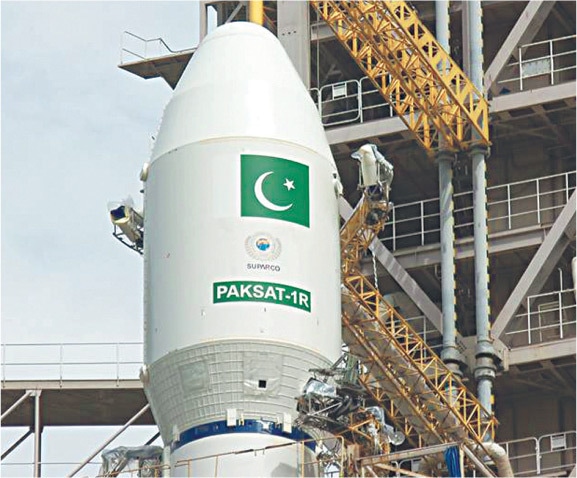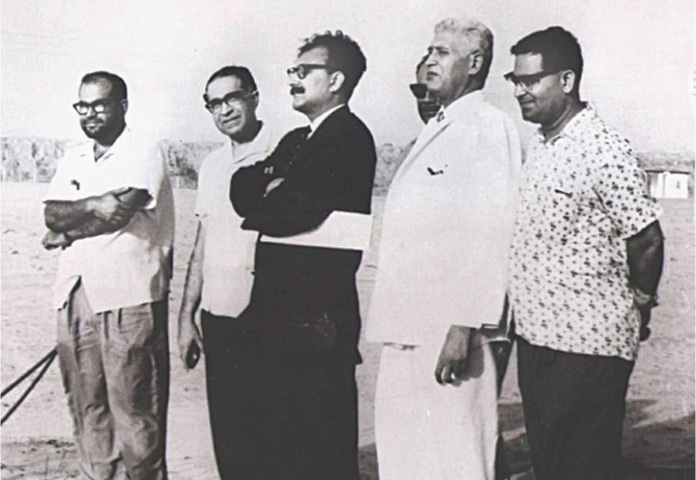What’s the future of Space science, technology in Pakistan?

By
Sanniah Hassan on October 20 2022, 5:48 pm
Pakistan’s Space & Upper Atmosphere Research Commission (SUPARCO) established by the Government (govt) of Pakistan aims to help realize the significance of space science and technology in the country, with the govt geared towards sustainable national development.
Headquartered in the capital territory of Islamabad,
SUPARCO is focused on research and development in the fields of space science and technology, to ensure socio-economic progress in Pakistan.
Despite having record achievements including the successful creation of Badr-I, Hatf-I, Hatf-II, and M-I missiles, Pakistan’s space industry has faced much criticism and setbacks for “not being able to be up to its Indian and Chinese counterparts in terms of capabilities”.
Established in the 1960s, the main goal behind SUPARCO was to compete against India’s ISRO (Indian Space Research Organisation). According to
Science Direct, the long-term goals of SUPARCO include developing communications and remote sensing satellites, and lightweight scientific satellites launching them into near-Earth orbits.
The agency is also focused on providing training to its staff at the postgraduate level for which it is establishing an Aerospace Institute.
Keeping in line with the developments so far, the Pakistan government allocated Rs. 8.74 billion for nine PSDP (Public Sector Development Projects) connected to SUPARCO in the fiscal budget for 2022-23. The projects were approved by the Pakistan Tehreek-e-Insaaf (PTI) government while it was still in office, with a total estimated cost of Rs. 100.8 billion including seventy percent in foreign funding. According to
ProPakistani reports, approximately 6.7 billion of which has been spent by June with Rs. 94.072 billion carried forward from the last fiscal budget.
The move spearheaded by the PTI govt established the Pakistan Space Center (PSC) for space science in the Gilgit-Baltistan region and was approved by the Executive Committee of the National Economic Council (ENCEC) in November 2018.
Likewise, the creation of the Pakistan Multi-Mission Communication Satellite System (Pak-Sat MM-I) and Pakistan Optical Remote Sensing (POSS-02) was approved by the ENCEC.
The International Astronautical Federation (
IAF) recognized SUPARCO as a commission focused on space science, space technology, and their peaceful application in Pakistan.
In 2018, Pakistan collaborated with China to launch two satellites – PRSS-I (remote sensing satellite) and PakTES-1A (indigenously developed scientific experiment satellite) – to keep an “eye on India”. This was the first space cooperation project between Sino-Pak countries since August 2011 when PAKSAT-1R was launched. According to the Indian website
NDTV, the purpose behind the launch was “to keep an eye on India”.
Then in 2019, the then Minister for Information and Technology, Fawad Chaudhry announced plans to send the first Pakistani astronaut into space. According to
Reuters, Chaudhry claimed that it will be the “biggest space event of our history”.
Earlier in 2022, The
EurAsian Times reported, a joint project of the CNSA and SUPARCO, under which China would help Pakistan in establishing the PSC.
According to the Center for Aerospace & Security Studies (
CASS), despite “venturing into space in the early 1960s”, Pakistan failed to leave any “worthwhile progress” in the field of space science. The reasons behind this range from lack of importance by successive governments, to failure to formulate domestic space laws, little to no work on devising a modern space regulatory framework, or a national space policy that would help to control and monitor national space-related activities, respectively.
Major Programs under SUPARCO
Essentially, the Pakistan Space Program is focused on Space Technology Applications, Satellite Programs, Satellite Navigation, and Research Programs.
Space Technology Applications:
Under the
initiative, Pakistan focuses on Earth Observation, RS & GIS Applications, Space Science, Environmental and Earth Sciences, and Aerial Remote Sensing.
Satellite Programs:
Meanwhile, under this initiative, Pakistan has managed to join the league of a “well-established space-faring nation”. Following the launch of Badr-I and Badr-B, Pakistan has launched PakSAT-1R, PakSAT-MM1, PakSAT-MM1R, PakTES-1A (Pakistan Technology Evaluation Satellite), PRSS-1 (Pakistan Remote Sensing Satellite), PRSC-EOS (Pakistan Remote Sensing Satellite), respectively.
Satellite Navigation:
Under this, Pakistan’s space program focuses on producing satellite navigation equipment and software tools, supporting technology incubation, and offering policy & regulatory support.
Research Programs:
Apart from the previously mentioned ground-breaking work, the space program is actively engaged in research. Some of its major research projects include space experimentation, space station research experiments, space science and astronomy, microgravity experiments, et cetera.
What is the future of SUPARCO, Pakistan?
Having participated in the Global Space Congress for the first time in Abu Dhabi, followed by the announcement to send its first astronaut into space,
Pakistan’s space program is geared towards progress given that the
government continues to improve upon its policies concerning space science policies and laws to bring it up to par with its regional competitors specifically India and China.
LOL






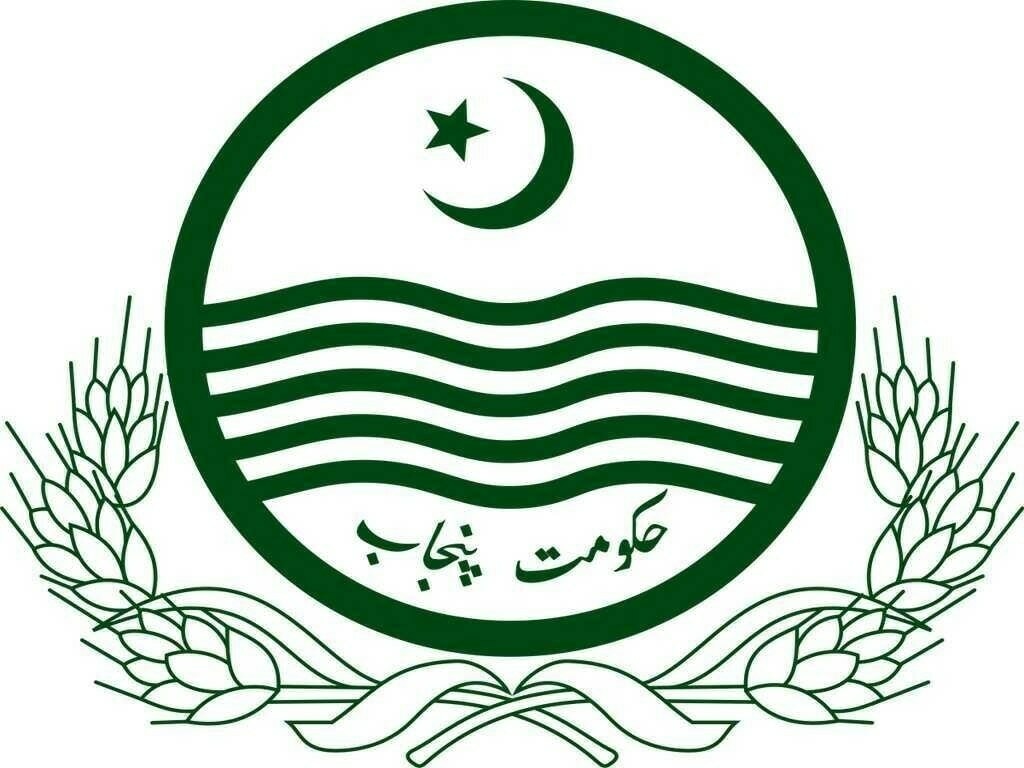
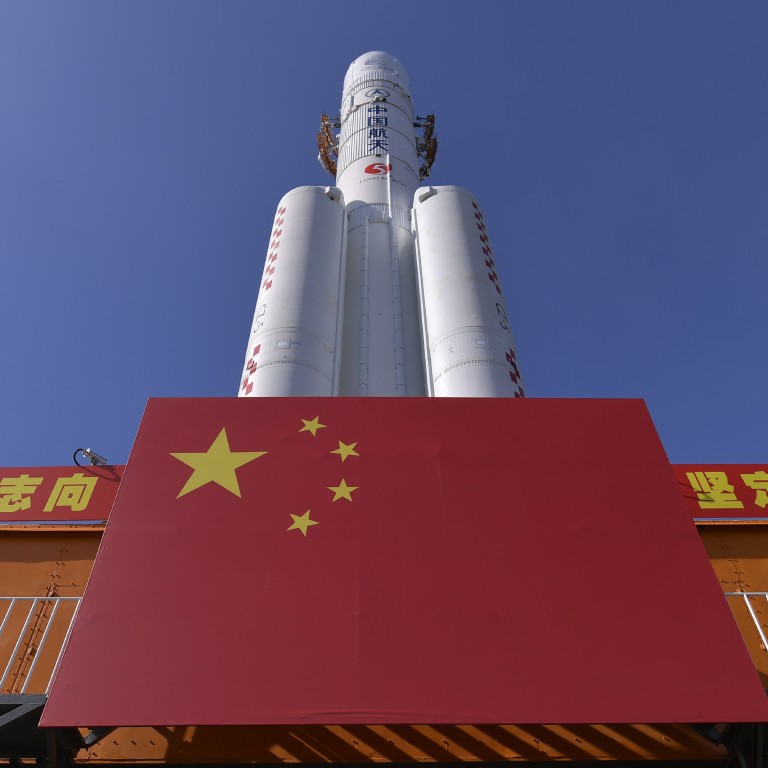

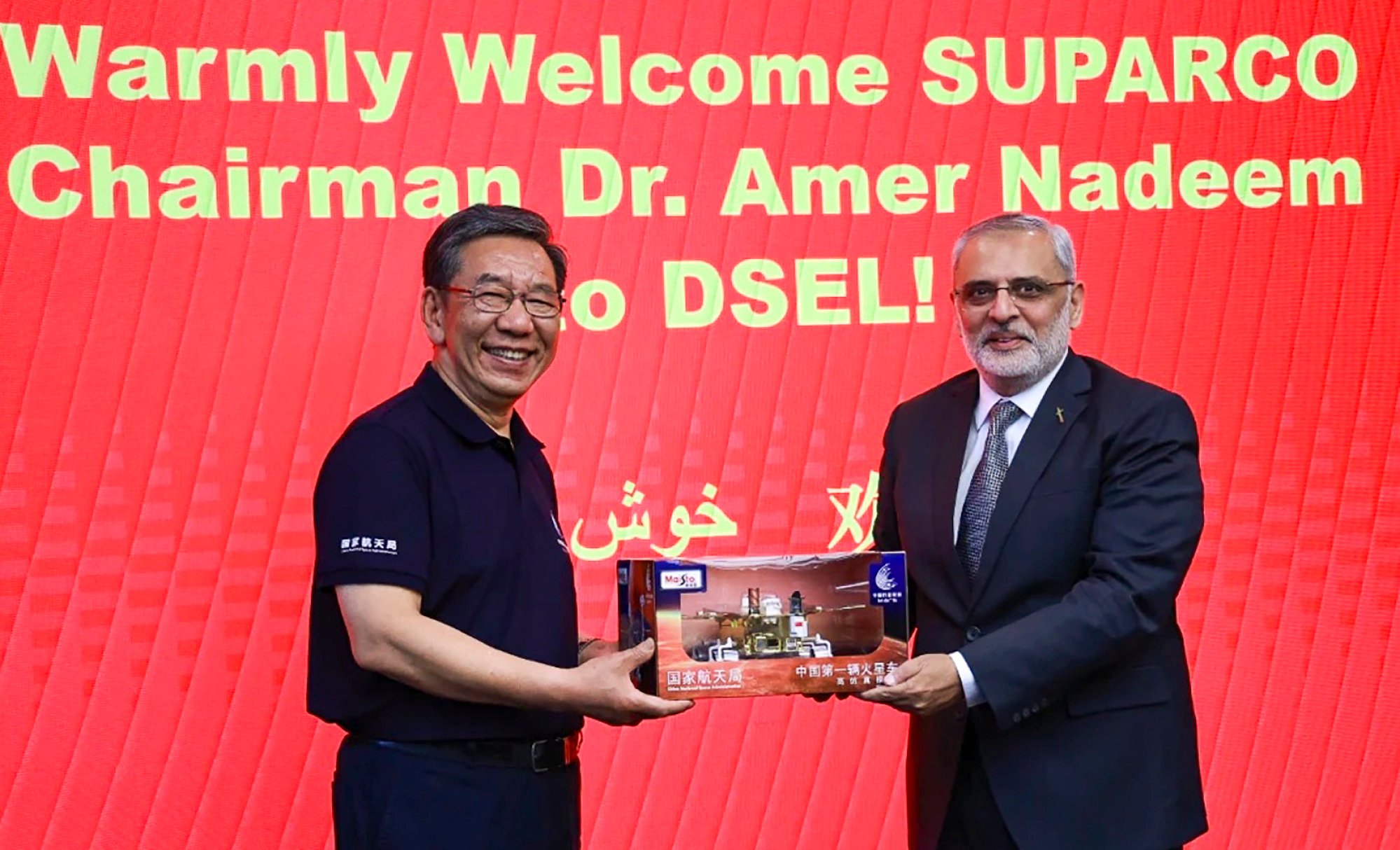
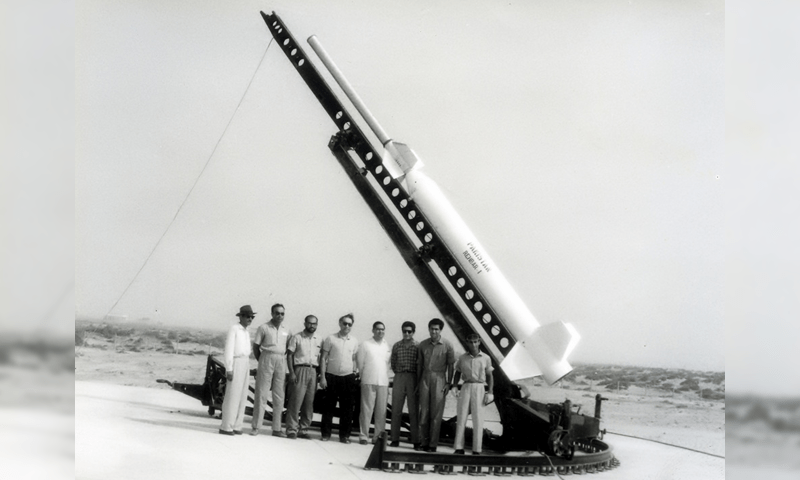
 .
.
